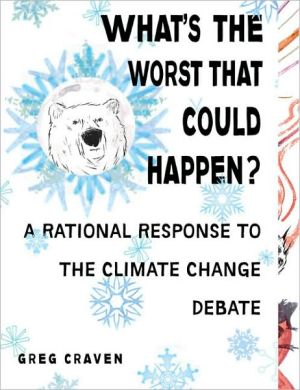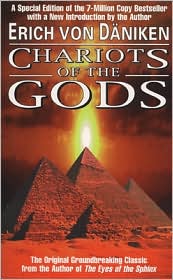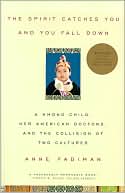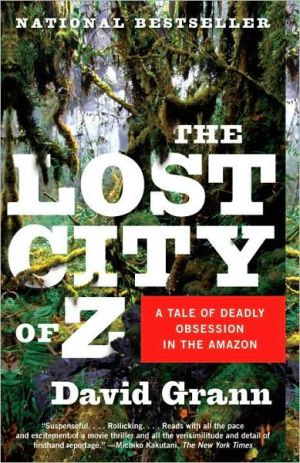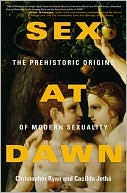What's the Worst That Could Happen?: A Rational Response to the Climate Change Debate
7.2 million YouTube viewers can't be wrong: A provocative new way to look at the global warming debate.\ Based on a series of viral videos that have garnered more than 7.2 million views, this visually appealing book gives readers-be they global warming activists, soccer moms, or NASCAR dads-a way to decide on the best course of action, by asking them to consider, "What's the worst that could happen?" And for those who decide that action is needed, Craven provides a solution that is not only...
Search in google:
7.2 million YouTube viewers can't be wrong: A provocative new way to look at the global warming debate.Based on a series of viral videos that have garnered more than 7.2 million views, this visually appealing book gives readers-be they global warming activists, soccer moms, or NASCAR dads-a way to decide on the best course of action, by asking them to consider, "What's the worst that could happen?" And for those who decide that action is needed, Craven provides a solution that is not only powerful but also happens to be stunningly easy. Not just another "change your light bulb" book, this intriguing and provocative guide is the first to help readers make sense-for themselves-of the contradictory statements about global climate change.The globe is warming! or The globe is not warming.We're the ones doing it! or It's a natural cycle.It's gonna be a catastrophe! or It'll be harmless.This is the biggest threat to humankind! or This is the biggest hoax in history. The Barnes & Noble Review This lively, jaunty, yet ultimately serious-as-cancer little book about global climate change strikes me as evidence that the quintessential American spirit of the Founding Fathers and the Greatest Generation is alive and well. A Jeffersonian exercise in rational public discourse, appealing to the reasoned, good-hearted wisdom of an educated, well-intentioned citizenry, Greg Craven's book reminds me of the famous Norman Rockwell painting from the Four Freedoms series, Freedom of Speech. An earnest fellow in a crowd of his anxious peers gets up to say his honest piece -- and we all benefit. Craven, a high school science teacher, came to prominence just a couple of years ago with a viral Internet video laying out a logical methodology for cutting through all the controversy surrounding the topic of global warming. Craven's brainstorm was to make a lateral jump away from undecidable "right vs. wrong" arguments into the realm of risk management and quasi-journalistic vetting of sources. By applying simple principles of reasoning, he affirmed, one could pick the most beneficial future course of action for oneself, humanity, and the planet without taking sides. The issue was no longer truth but merely "placing the best bet." The first half of this ensuing book is a lucid examination of the tools necessary for making a rational examination of the facts. The second portion examines contentions and sources on both side of the debate. And a coda lays out Craven's own personal application of his strategy, followed by an invitation and template for the reader to do likewise. Throughout, Craven is modest, funny, inventive, and sincere: the ideal teacher. His breezy yet dogged pursuit of a compassionate, utilitarian plan of action in the light of uncertainty yields convincing and inspiring fruit. --Paul DiFilippo
\ Publishers WeeklyIn 2007, high school science teacher Craven posted a ten-minute video, The Most Terrifying Video You'll Ever See, , predicting dire consequences without strong measures to stop global warming. That video attracted millions of viewers; his focus now is not "what" to think about global warming, but "how." Using clear language and charts, Craven sketches not just the cost/benefit analysis of over-reacting and failing to act, but the fundamentals of sound science. Training readers to evaluate competing arguments, he points to a number of expert sources for reliable information (American Association for the Advancement of Science and the National Academy of Sciences, National Security Agency, leading climate scientists like James Hansen). Take a measured look at the skeptics (from the Cato Institute, the Heritage Foundation, etc.), he finds that the risk of global climate destabilization outweighs the supposedly prohibitive costs ("devastating economic consequences") of implementing environmental protection measures. Craven's popular style might be better suited to the classroom-cutesy graphics, groan-worthy section heads like "Dude, Where's My Science?"-but science and ecology novices will find his approach welcome and enlightening. \ Copyright © Reed Business Information, a division of Reed Elsevier Inc. All rights reserved.\ \ \ The Barnes & Noble ReviewThis lively, jaunty, yet ultimately serious-as-cancer little book about global climate change strikes me as evidence that the quintessential American spirit of the Founding Fathers and the Greatest Generation is alive and well. A Jeffersonian exercise in rational public discourse, appealing to the reasoned, good-hearted wisdom of an educated, well-intentioned citizenry, Greg Craven's book reminds me of the famous Norman Rockwell painting from the Four Freedoms series, Freedom of Speech. An earnest fellow in a crowd of his anxious peers gets up to say his honest piece -- and we all benefit. Craven, a high school science teacher, came to prominence just a couple of years ago with a viral Internet video laying out a logical methodology for cutting through all the controversy surrounding the topic of global warming. Craven's brainstorm was to make a lateral jump away from undecidable "right vs. wrong" arguments into the realm of risk management and quasi-journalistic vetting of sources. By applying simple principles of reasoning, he affirmed, one could pick the most beneficial future course of action for oneself, humanity, and the planet without taking sides. The issue was no longer truth but merely "placing the best bet." The first half of this ensuing book is a lucid examination of the tools necessary for making a rational examination of the facts. The second portion examines contentions and sources on both side of the debate. And a coda lays out Craven's own personal application of his strategy, followed by an invitation and template for the reader to do likewise. Throughout, Craven is modest, funny, inventive, and sincere: the ideal teacher. His breezy yet dogged pursuit of a compassionate, utilitarian plan of action in the light of uncertainty yields convincing and inspiring fruit. --Paul DiFilippo\ \
